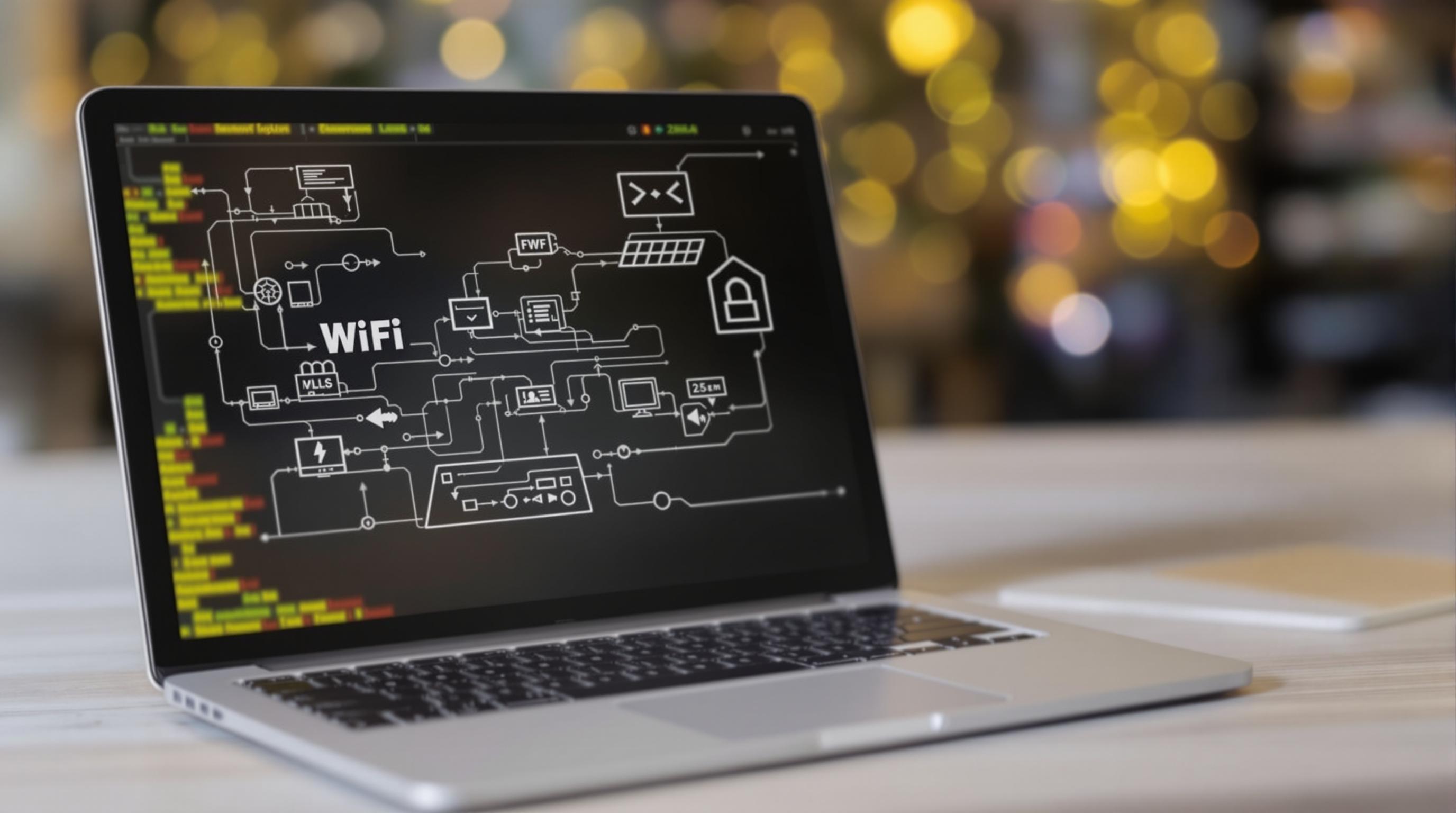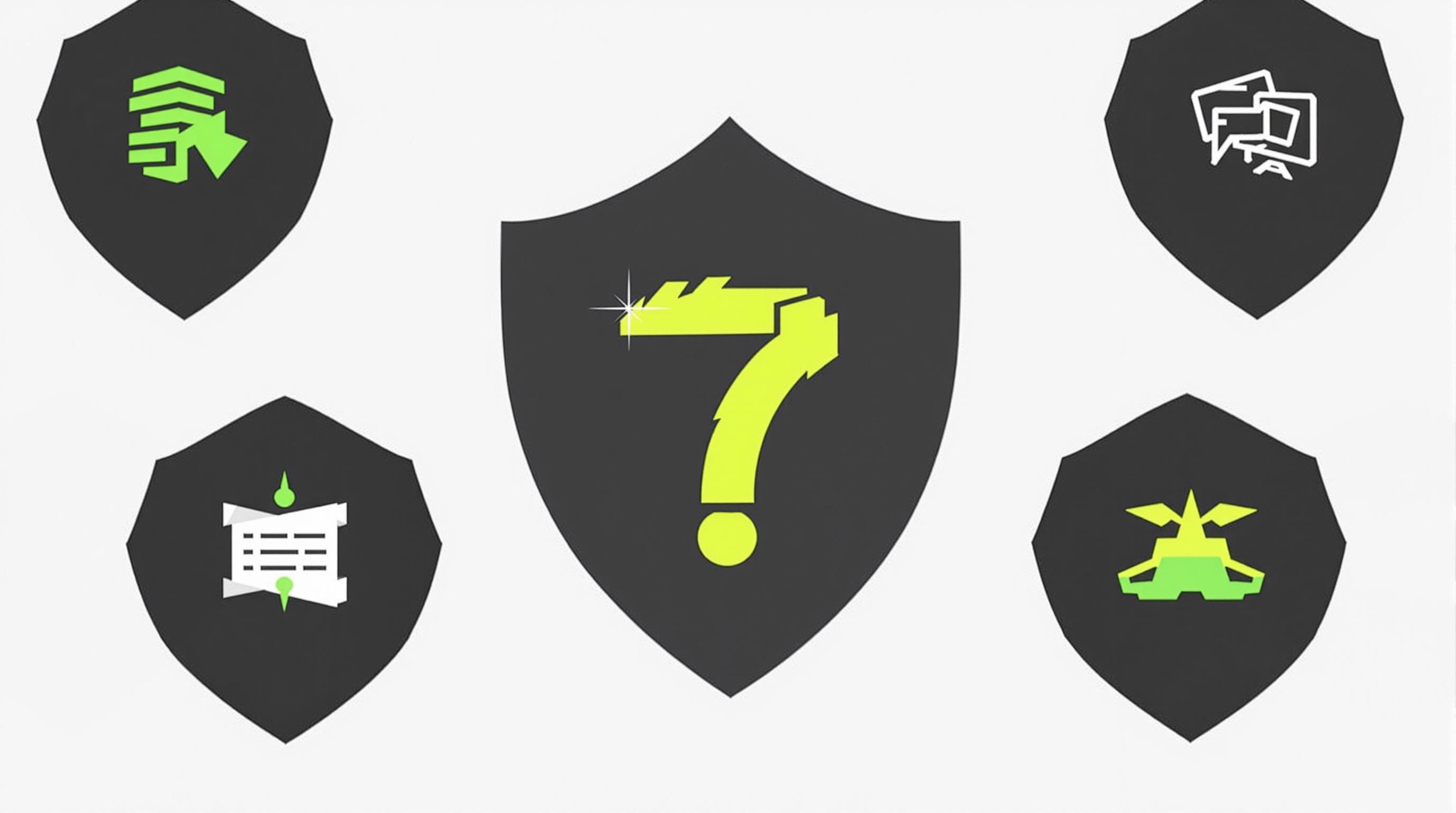Related Articles
- Unveiling the Silent Effects of Malware Residue on IoT Devices and What It Means for Your Connected Home Security
- Top 6 Game-Changing Email Security Suites Released Since 2019 That Actually Stop Cyber Trickery
- The Hidden Impact of AI-Driven Voice Assistants on Your Device’s Safety: Risks Nobody Talks About
- Top 6 Stealth Encryption Products Redefining Data Privacy You Haven’t Heard About Since 2019
- Exploring the Influence of Wi-Fi Radiation on Human Sleep Patterns and Cognitive Health in Modern Living
- Top 8 Stealth Malware Cleaners from the Past 5 Years That Outsmart Evasive Threats
6 Emerging Legal Loopholes Impacting Wi-Fi Security: What Every Network Owner Needs to Know in 2024
6 Emerging Legal Loopholes Impacting Wi-Fi Security: What Every Network Owner Needs to Know in 2024
6 Emerging Legal Loopholes Impacting Wi-Fi Security: What Every Network Owner Needs to Know in 2024
Introduction
As Wi-Fi technology continues to expand its reach, legal frameworks governing its usage and security grow increasingly complex. In 2024, network owners face a rapidly evolving landscape where emerging legal loopholes challenge traditional notions of liability and protection. Understanding these loopholes is critical for both personal and business network operators aiming to safeguard their digital environments.
Wi-Fi security is more than just a technical challenge; it intersects with law, impacting how data is protected, monitored, and shared. Network owners must be aware of the nuances in legislation and judicial interpretation that could inadvertently expose them to risk. In particular, recent cases have highlighted gaps in existing law that attackers or unauthorized users can exploit.
This article examines six key legal loopholes affecting Wi-Fi security today, offering network owners insight into compliance and risk mitigation. By understanding these gaps, users can better prepare to protect their networks legally and technically.
1. Ambiguities in Unauthorized Access Definitions
One of the most significant legal loopholes involves the unclear definitions of "unauthorized access" in Wi-Fi-related cases. Different jurisdictions vary widely in how they interpret network intrusion or misuse, which can confuse enforcement efforts. This ambiguity can inadvertently protect malicious actors who exploit vague language to defend their unauthorized activities.
For network owners, this means that simply having a password-protected Wi-Fi network might not grant full legal protection if someone accesses it. Courts in some regions have ruled that mere possession of a password does not necessarily imply consent, while others argue the opposite.
A comprehensive understanding of your local laws is essential, and consulting with legal professionals to clarify liability can be a prudent step. Without clear statutory guidance, gaps remain that attackers might exploit before authorities can intervene effectively.
2. Responsibility for Open Wi-Fi Networks
Open or public Wi-Fi networks present a complex challenge for legal accountability. Some landlords, cafes, or businesses offer free Wi-Fi but may not fully understand the legal consequences tied to misuse by third parties. In many cases, liability remains uncertain for activities conducted over these networks.
Emerging loopholes revolve around whether the owner of an open Wi-Fi network can be held responsible for illegal activities conducted by anonymous users. Jurisdictions differ in their stance, with some protecting providers from liability and others imposing strict responsibility.
For operators of open networks, proactive measures like clear terms of service and monitoring may reduce risk exposure. Ignoring these obligations could unintentionally open owners to litigation or fines under anti-cybercrime laws.
3. Data Privacy Regulations and Wi-Fi Monitoring
With stronger data privacy laws worldwide—such as GDPR in the EU and CCPA in California—Wi-Fi monitoring practices face new scrutiny. Capturing user data through Wi-Fi networks raises legal questions about consent and data protection compliance.
The loophole here often relates to improper or insufficient user notification policies when network owners collect connection or behavioral data. Failure to transparently inform users can lead to legal challenges and penalty risks.
Wi-Fi operators managing guest access or corporate environments should reassess their data policies in light of privacy regulations. Legal counsel can facilitate compliant monitoring strategies that respect user rights while maintaining network security.
4. Liability for Device Infection via Wi-Fi Networks
Malware or ransomware infections transmitted through Wi-Fi networks raise questions about where liability lies. Some jurisdictions do not clearly define whether network owners can be held responsible if their unsecured networks become vectors for cyberattacks on users.
This legal haze creates a loophole for both attackers, who exploit unsecured or poorly managed networks, and for network owners, who may not be held accountable despite negligent security practices.
Network operators should implement robust security measures such as encryption, firewalls, and regular updates to prevent becoming unwitting conduits of malware. Legal implications can be mitigated with clear policies and proactive security management.
5. Cross-Border Enforcement Challenges
Wi-Fi network breaches often involve perpetrators operating from different countries, complicating enforcement of local laws. International cooperation in cybercrime investigation is still developing, and loopholes persist where jurisdictional boundaries hinder prosecution.
The lack of a unified cyber legal framework allows criminals to exploit gaps between nations’ laws. This limitation affects network owners seeking redress or protection against international hackers who illegally access Wi-Fi networks.
In 2023, the Council of Europe’s Convention on Cybercrime continued to promote cooperation, but limitations remain. For network owners, understanding the complexities of cross-border legal enforcement helps in adopting additional preventative strategies.
6. Insufficient Regulation of IoT Device Security
As Internet of Things (IoT) devices increasingly connect to Wi-Fi networks, legal standards for their security lag behind technological advancement. This regulatory delay creates loopholes regarding liability when IoT devices introduce vulnerabilities.
Manufacturers and network owners alike face unclear responsibility allocations for breaches stemming from insecure IoT hardware or software. Without established legal mandates, compromised devices may create entry points for attacks with limited accountability.
Networks hosting IoT systems should establish strict security protocols and monitor device behavior to reduce risks. Awareness of evolving regulation will be crucial as governments begin closing these gaps.
7. Legal Gaps in Wi-Fi Security Standards Compliance
While technical standards like WPA3 exist to protect Wi-Fi security, legal requirements for their adoption remain inconsistent. Some jurisdictions do not mandate minimum security standards, providing loopholes for less secure networks operating without penalty.
This legal softness invites negligence and diminishes overall safety, as network owners may avoid upgrading due to lack of enforceable standards. Such loopholes weaken collective protection against cyber threats.
Advocating for stringent legal standards and adopting best practices voluntarily creates safer environments. Staying ahead of regulatory trends can also reduce future liability for network operators.
8. Use of Public Wi-Fi and Liability Waivers
Many public Wi-Fi providers rely on liability waivers to protect themselves from claims related to data breaches or misuse. However, courts sometimes question the enforceability of such waivers, especially when negligence is involved, leading to uncertain protection.
Though these waivers serve as a legal shield, their effectiveness depends on clear communication and lawful drafting. Poorly constructed waivers create loopholes allowing users to pursue claims against providers.
Network owners offering public access should invest in robust legal frameworks to protect themselves while maintaining transparent user communication to mitigate risks effectively.
9. Challenges in Applying Traditional Cybercrime Laws to Wi-Fi
Traditional cybercrime laws enacted before the proliferation of Wi-Fi technologies sometimes fall short in addressing network-specific issues. This results in legal loopholes due to outdated terminology or insufficient provisions for wireless communications.
Network owners risk unclear protections or enforcement inconsistencies, particularly when new attack vectors emerge that old statutes did not anticipate. This gap leaves both victims and prosecutors navigating uncertain legal waters.
Legislators and stakeholders are working to update laws, but until comprehensive reforms are in place, network owners must stay informed about how courts interpret existing statutes regarding Wi-Fi security incidents.
10. Recommendations for Network Owners in 2024
In light of these emerging legal loopholes, network owners should undertake several key actions to protect themselves. First, they must keep abreast of relevant laws and consult legal experts to clarify their responsibilities and rights.
Second, adopting state-of-the-art security measures, transparent privacy policies, and user agreements tailored to comply with regulations will fortify defenses against legal exposure. Proactive risk management is essential in a shifting legal landscape.
Finally, fostering user education about responsible Wi-Fi use and staying connected with cybersecurity developments can transform networks from vulnerable assets into legally sound, resilient digital environments.
Sources:
- European Union Agency for Cybersecurity (ENISA), “Wi-Fi Security Challenges and Legal Implications,” 2023.
- Council of Europe, “Convention on Cybercrime,” 2023 update.
- General Data Protection Regulation (GDPR), Official Journal of the European Union, 2016.
- California Consumer Privacy Act (CCPA), 2018.
- Journal of Cybersecurity Law, “Emerging Legal Issues in Wireless Network Privacy,” 2024.




